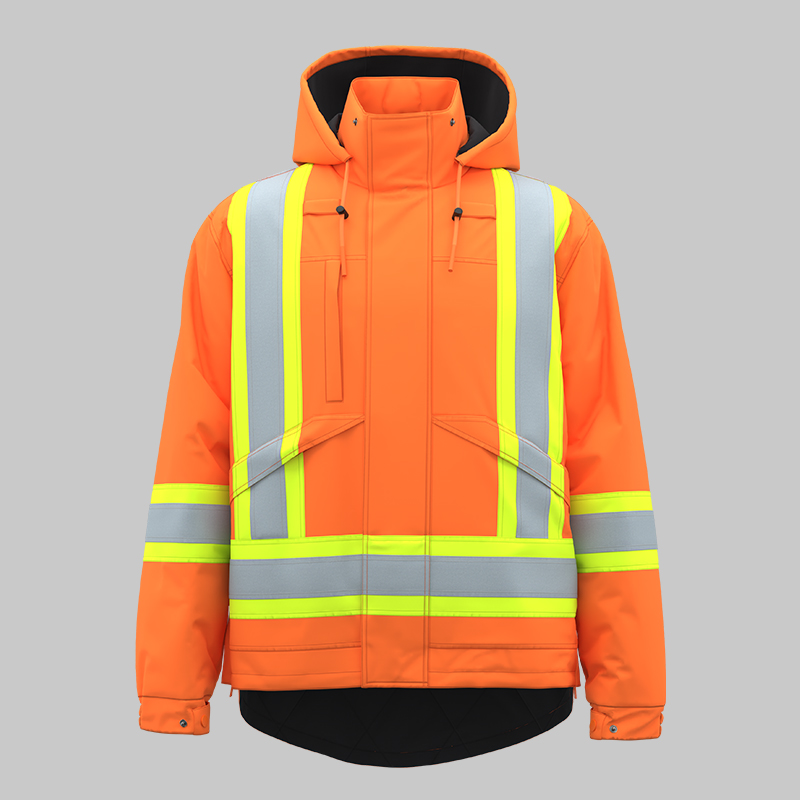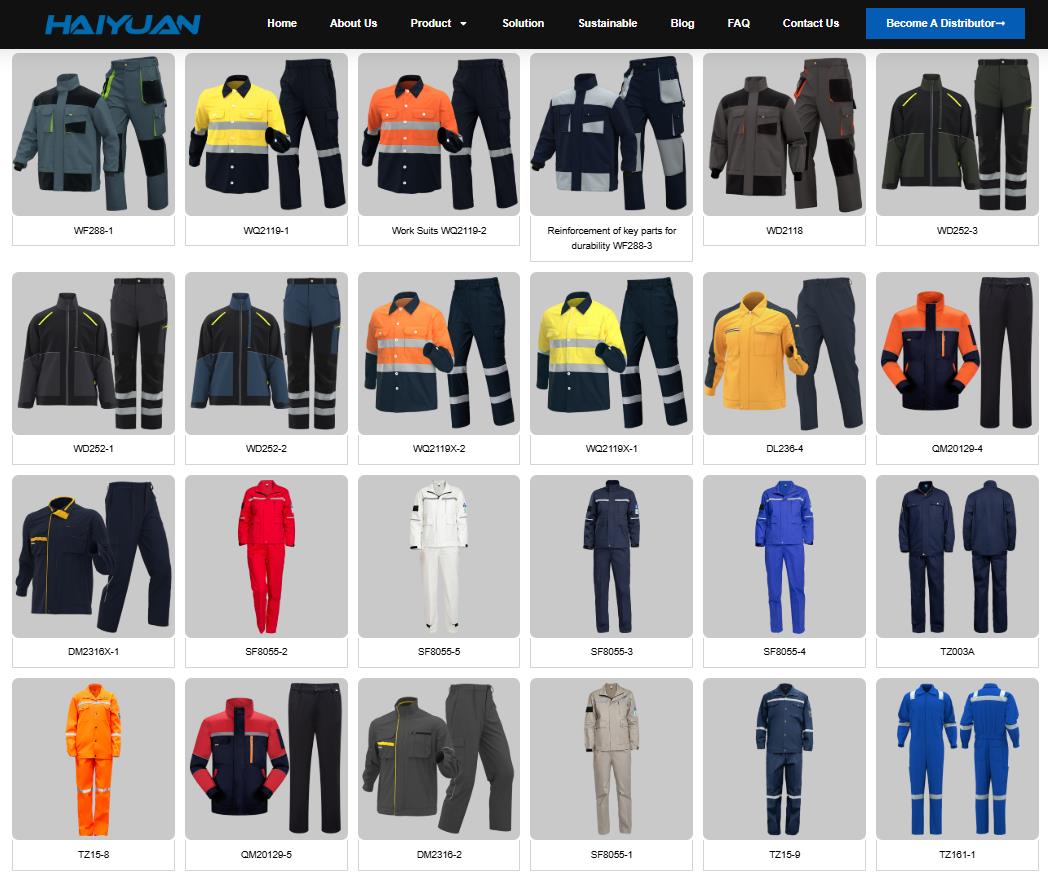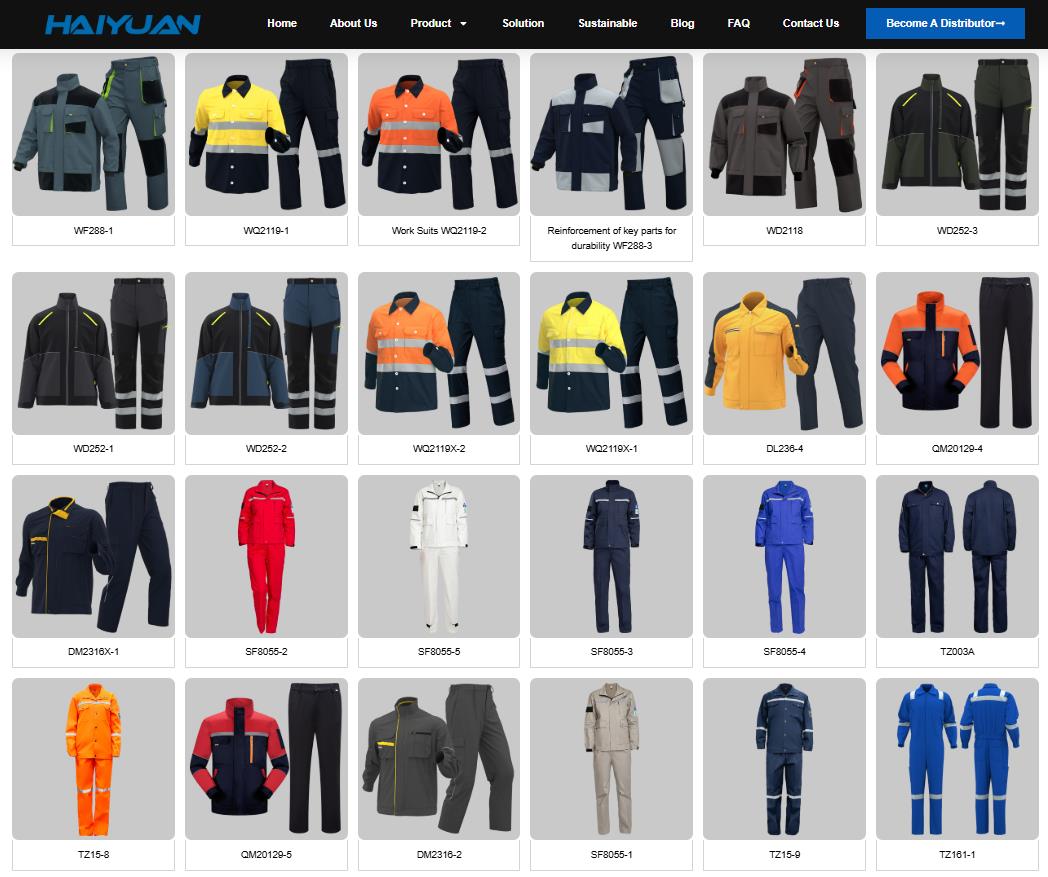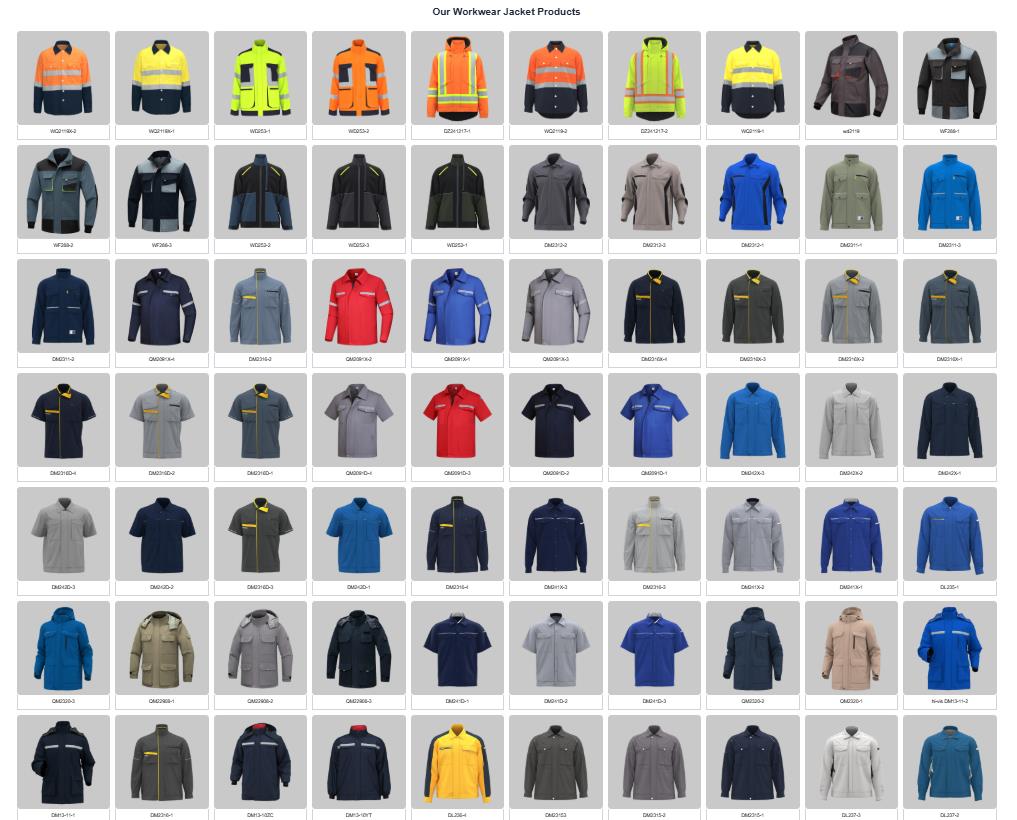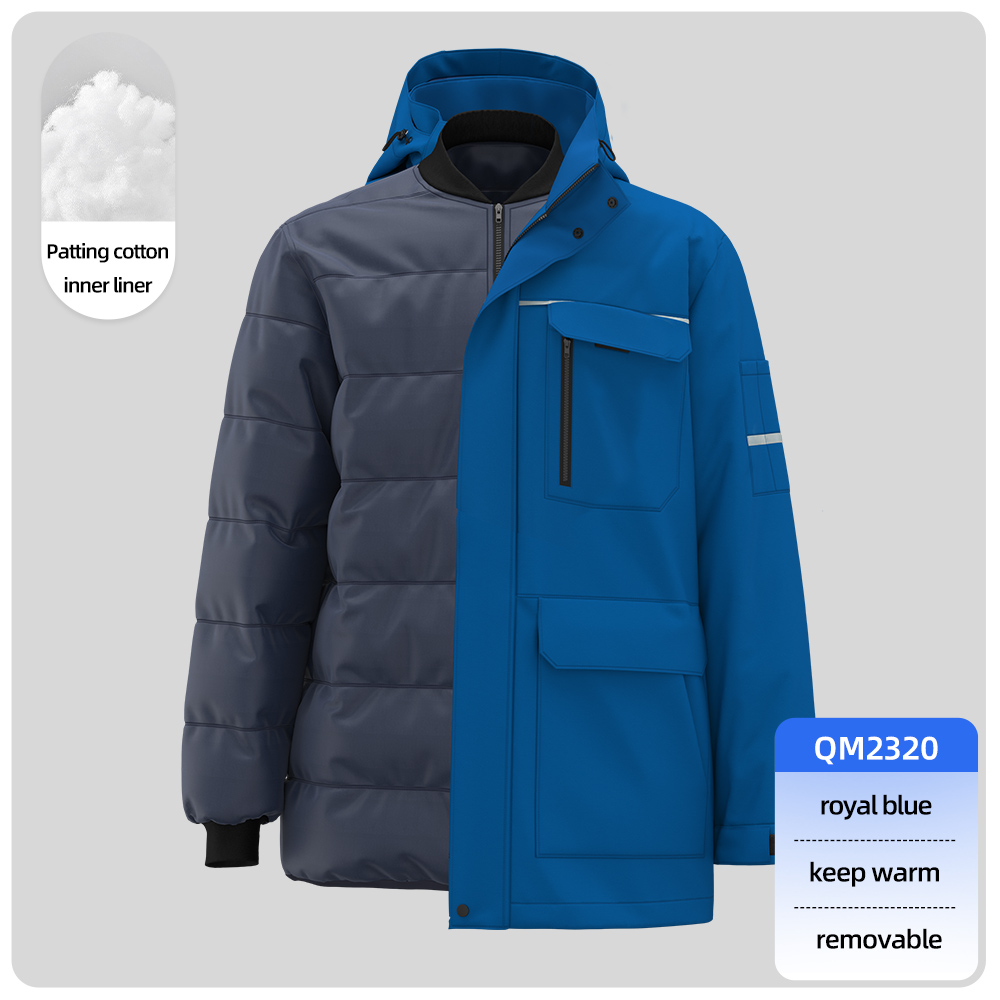For the transportation industry, work clothes need to prioritize safety, visibility, durability, comfort, and practicality for long shifts in varying conditions. Here’s a breakdown of the best types:
-
High-Visibility (Hi-Vis) Clothing (CRITICAL):
-
Why: Essential for anyone working near moving vehicles, in low-light conditions (dawn, dusk, night), bad weather, or loading docks.
-
What: ANSI/ISEA certified vests, jackets, shirts, and pants in fluorescent colors (Lime-Yellow, Orange-Red) with reflective tape.
-
Levels: Choose the appropriate ANSI class (Class 2 or 3) based on job risk and traffic speed (e.g., Class 3 for highway work or high-speed areas).
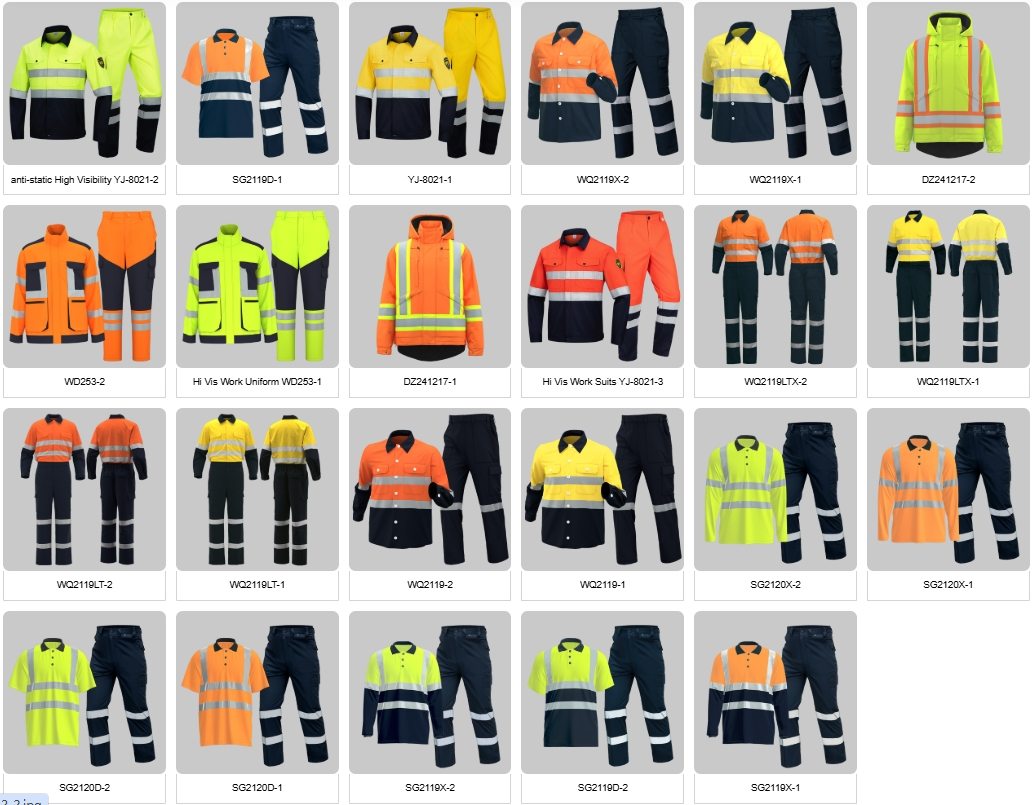
hi vis clothes
-
-
Durable Fabrics & Construction:
-
Why: Withstands constant wear, abrasion from cargo, vehicle parts, and frequent washing.
-
What:
-
Pants: Heavy-duty cotton duck canvas (like HAIYUAN), ripstop polyester/cotton blends, or polyester work pants. Look for reinforced knees and seat.
-
Shirts/Jackets: Durable twill, ripstop nylon/polyester, or canvas. Reinforced stitching at stress points (shoulders, elbows).
-
Features: Triple-stitched seams, bar-tacking at stress points, abrasion-resistant panels.
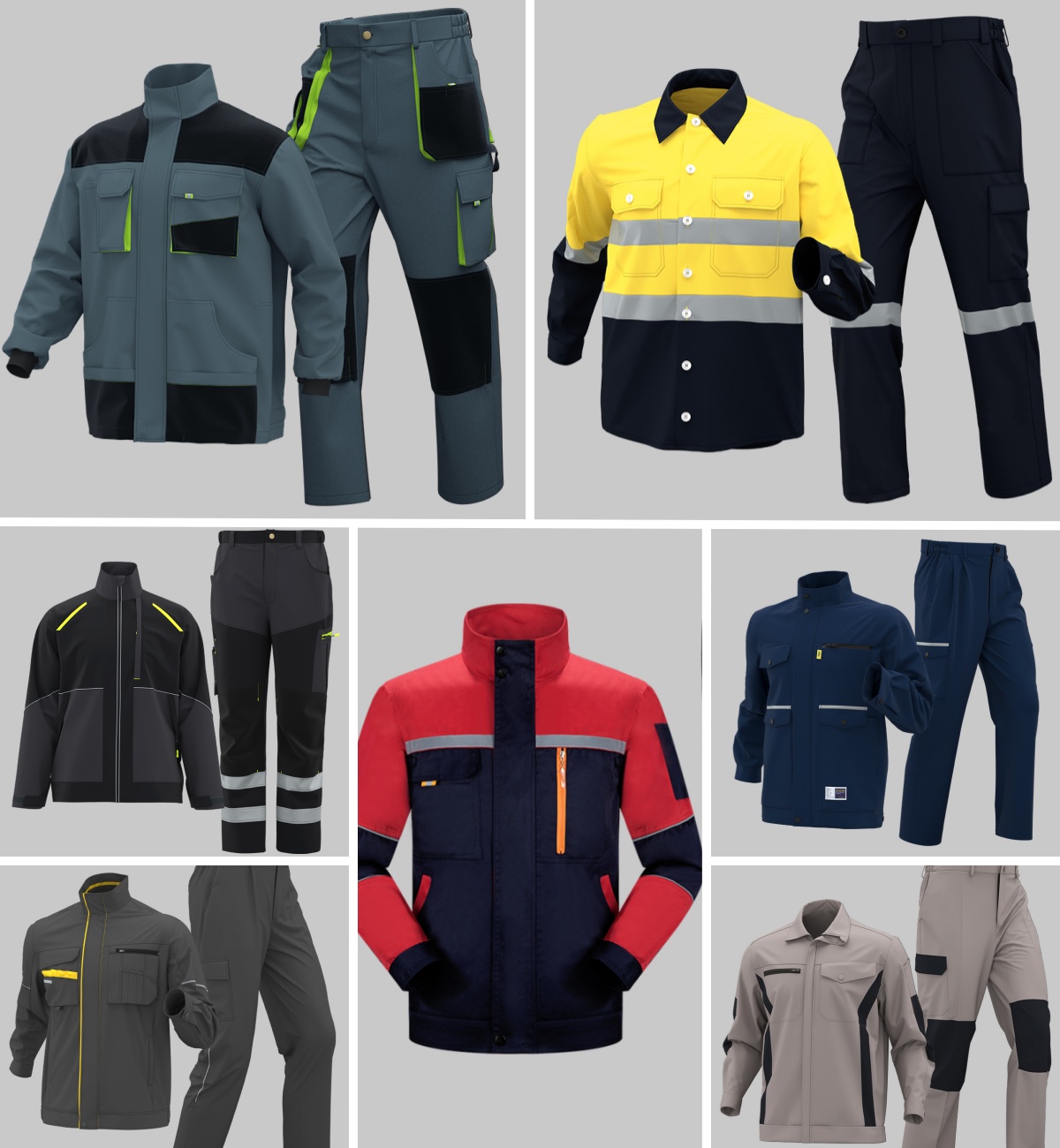
wear resistant work clothes
-
-
-
Comfort & Mobility:
-
Why: Drivers and handlers need to move freely for long periods (driving, loading, securing cargo).
-
What:
-
Fit: Slightly relaxed or tailored for movement, avoiding overly baggy or restrictive styles.
-
Fabrics: Breathable cotton blends, moisture-wicking synthetics, stretch fabrics (like spandex blends in pants).
-
Designs: Gusseted crotches in pants, articulated knees, stretch panels.
-
-
-
Weather Appropriateness & Layering:
-
Why: Exposure to all elements – sun, rain, wind, snow, heat, cold.
-
What:
-
Base Layers: Moisture-wicking t-shirts or thermals (synthetic or wool).
-
Mid-Layers: Fleece jackets, sweaters, vests (often Hi-Vis).
-
Outer Layers: Insulated Hi-Vis winter coats, waterproof & breathable rain jackets/pants, windbreakers. Look for features like storm flaps, adjustable cuffs/hoods.
-
Summer: Lightweight, breathable Hi-Vis shirts (short or long sleeve for sun protection), moisture-wicking fabrics.
-
-
-
Functional Features:
-
Pockets: Ample, secure pockets are vital for tools, paperwork, phone, keys, gloves. Look for cargo pockets, reinforced pocket corners, zippered or flap-closed pockets.
-
Closures: Sturdy zippers, heavy-duty snaps, Velcro for adjustability (cuffs, waistbands).
-
Reflective Elements: Beyond Hi-Vis standards, extra reflective detailing enhances safety.
-
Flame Resistance (FR): Required if handling flammable materials (fuels, chemicals) – check specific job requirements.
-
Anti-Static: Important for environments with flammable vapors or sensitive electronics.
-
-
Safety Footwear (Non-Negotiable):
-
Why: Protects feet from heavy objects, punctures, slips, electrical hazards, and provides support.
-
What: Steel-toe or composite-toe safety boots/shoes meeting ASTM F2413 standards.
-
Features:
-
Slip-Resistant Outsoles: Crucial for oil, grease, wet surfaces, and trailers.
-
Electrical Hazard (EH) Rating: If working around electrical equipment or live wires.
-
Waterproof/Insulated: For wet or cold conditions.
-
Ankle Support: Especially important for material handlers and dock workers.
-
Comfort: Cushioned insoles, good arch support for long hours on feet.
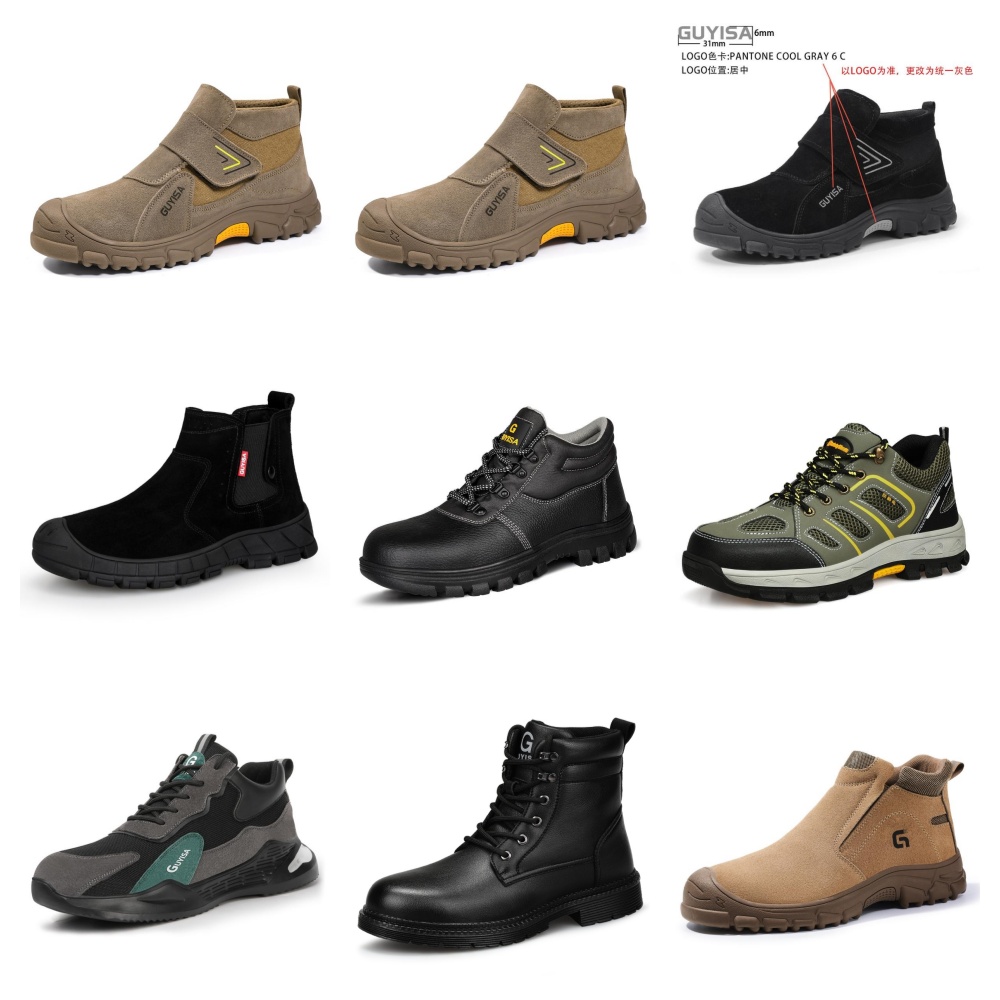
safety footwear
-
-
Key Considerations by Role:
-
Long-Haul Truck Drivers: Focus on comfort for driving (stretch fabrics, good footwear), layering for cab comfort, Hi-Vis vest for outside checks/loading. Durable pants/shirts.
-
Local Delivery Drivers: Frequent in/out of vehicle – prioritize easy movement, Hi-Vis (often Class 2 vest/jacket), weather protection, comfortable safety shoes with excellent slip resistance.
-
Dock Workers / Material Handlers: Maximum durability, high Hi-Vis (Class 2 or 3), reinforced knees/elbows, safety boots with puncture protection and ankle support, potential need for FR gear.
-
Mechanics / Fleet Maintenance: Heavy-duty work pants/shirts (often dark colors), FR gear if welding/fuel handling, specialized safety boots (oil-resistant, metatarsal guards possible).
Summary of Best Work Clothes:
-
Top: Hi-Vis Performance Polo, Hi-Vis Long-Sleeve T-Shirt, Hi-Vis Jacket (Insulated/Waterproof as needed), Durable Work Shirt (Twill/Cotton).
-
Bottom: Durable Work Pants (Canvas, Ripstop, Duck) – often with cargo pockets, potentially Hi-Vis pants for high-risk roles.
-
Outerwear: Hi-Vis Vest (Class 2 minimum), Hi-Vis Rain Jacket/Pants, Insulated Hi-Vis Parka.
-
Footwear: Safety Boots/Shoes (ASTM Toe Protection + Slip-Resistant + EH if needed + Comfort Features).
-
Accessories: Safety Glasses, Work Gloves (appropriate for task), Warm Hat/Beanie (under hard hat if required), Cooling Neck Gaiter (summer).
Always prioritize garments meeting relevant safety standards (ANSI/ISEA for Hi-Vis, ASTM for footwear) and check your company’s specific uniform or safety policy requirements. Invest in quality – durable, comfortable, and safe work clothes are essential tools in the transportation industry.

